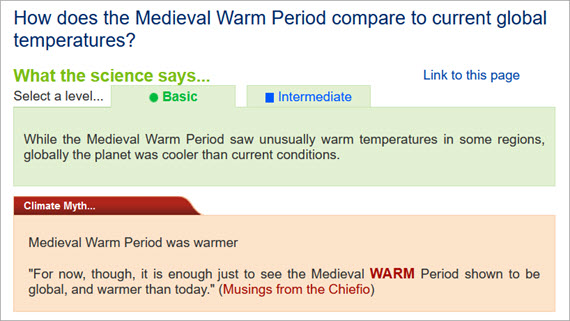IJMS, Vol. 24, Pages 11671: MD–Ligand–Receptor: A High-Performance Computing Tool for Characterizing Ligand–Receptor Binding Interactions in Molecular Dynamics Trajectories
International Journal of Molecular Sciences doi: 10.3390/ijms241411671
Authors: Michele Pieroni Francesco Madeddu Jessica Di Martino Manuel Arcieri Valerio Parisi Paolo Bottoni Tiziana Castrignanò
Molecular dynamics simulation is a widely employed computational technique for studying the dynamic behavior of molecular systems over time. By simulating macromolecular biological systems consisting of a drug, a receptor and a solvated environment with thousands of water molecules, MD allows for realistic ligand–receptor binding interactions (lrbi) to be studied. In this study, we present MD–ligand–receptor (MDLR), a state-of-the-art software designed to explore the intricate interactions between ligands and receptors over time using molecular dynamics trajectories. Unlike traditional static analysis tools, MDLR goes beyond simply taking a snapshot of ligand–receptor binding interactions (lrbi), uncovering long-lasting molecular interactions and predicting the time-dependent inhibitory activity of specific drugs. With MDLR, researchers can gain insights into the dynamic behavior of complex ligand–receptor systems. Our pipeline is optimized for high-performance computing, capable of efficiently processing vast molecular dynamics trajectories on multicore Linux servers or even multinode HPC clusters. In the latter case, MDLR allows the user to analyze large trajectories in a very short time. To facilitate the exploration and visualization of lrbi, we provide an intuitive Python notebook (Jupyter), which allows users to examine and interpret the results through various graphical representations.

 10 months ago
20
10 months ago
20

